In 2024, Bodø became a European Capital of Culture. Here's what you need to know about this small but fascinating city in Northern Norway.
When Bodø was announced as one of the European Capitals of Culture for 2024, it surprised many people. That was especially true within Norway itself!
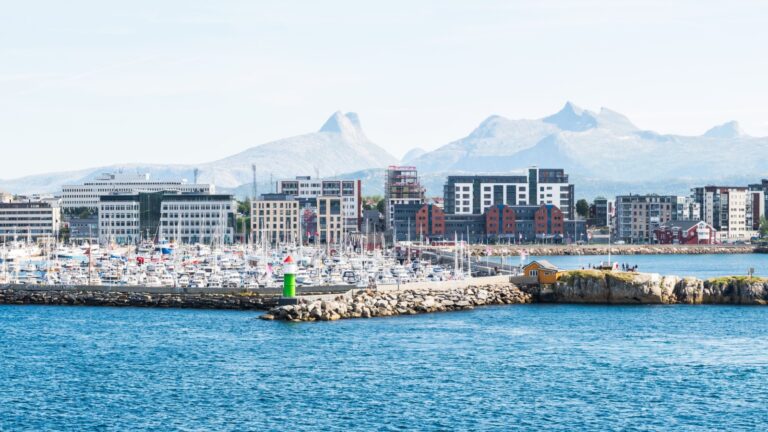
Often known more as a waypoint to the Lofoten Islands by adventurous tourists than as a cultural powerhouse, Bodø stepped into the European spotlight for its Arctic identity, its connection to the land and sea, and its place as a gateway to the north.
I’ve visited Bodø several times throughout the seasons, and over the years I’ve learned a lot about the city, its culture, and the dramatic surrounding nature.
Whether you’ve never heard of this northern hub or you’re planning a trip soon, check out these fascinating facts about Bodø.
1. Bodø Was a European Capital of Culture in 2024
Bodø made history in 2024 by becoming the first city located north of the Arctic Circle to hold the prestigious European Capital of Culture title. It joined Austria’s Bad Ischl and Estonia’s Tartu as one of the three designated cultural capitals that year.
This was only the third time a Norwegian city had received the honour, following Bergen in 2000 and Stavanger in 2008. The programme was extensive, spanning the entire Nordland county and highlighting the unique cultural expressions of northern Norway.
Highlights included exhibitions on Sámi culture, concerts in the Stormen concert hall, community art initiatives, and performances in remote fishing villages along the coast.
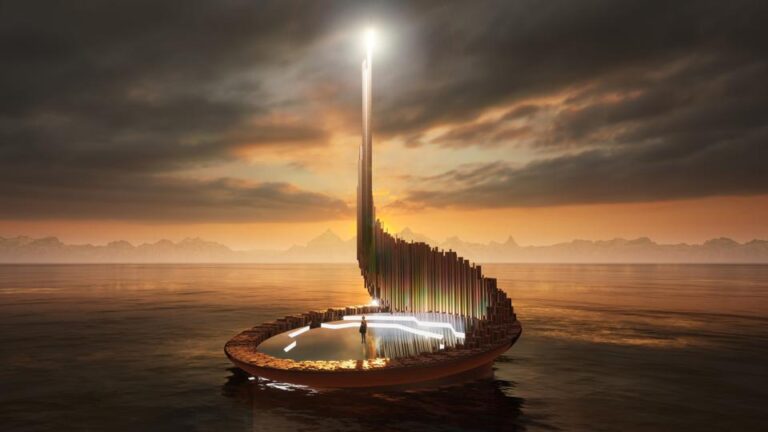
Although the year is now over, the legacy of Bodø2024 will shape the city for years to come. If you want to learn more, check out this podcast interview with one of the management team.
2. Bodø Already Had Some Striking Cultural Buildings
Even before its year in the spotlight, Bodø had invested in standout cultural infrastructure. The most notable example is the Stormen Culture Centre, a striking waterfront complex in downtown Bodø that opened in 2014.
Designed by the British firm DRDH Architects, the complex consists of a library and a concert hall in two separate buildings, created to blend better with the scale of Bodø’s cityscape.
Inside, dramatic staircases, expansive wooden interiors, and views over the harbour create a warm and inviting atmosphere that contrasts with the Arctic setting outside.
A writer from the website Library Planet visited Stormen in 2019 and had great things to say about the interior:
“A dramatic staircase of beautiful wood leads up through a central void to the upper floors and the full height windows give views towards the harbour from almost all parts of the library, while also allowing natural light to reach the interior spaces.”
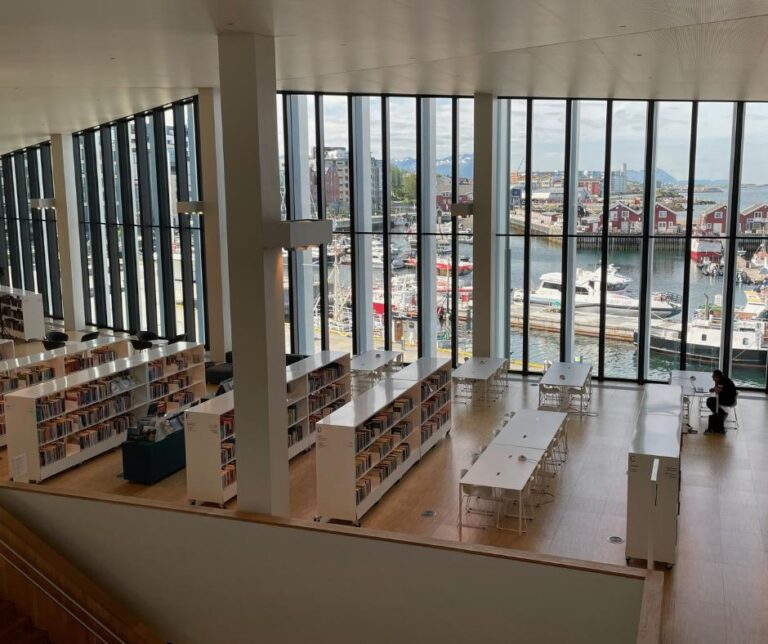
The venue regularly hosts concerts, theatre, literature events, and art exhibitions, making it the beating heart of Bodø’s cultural scene.
3. Bodø Is Northern Norway's Second Biggest City, Depending How You Count
Tromsø and Bodø have long jostled for dominance as the capital of Northern Norway. On paper, Tromsø seems to win out, with a municipal population of over 77,000 compared to Bodø’s 53,000.
But statistics from SSB (Statistics Norway) reveal a more nuanced picture. If you consider only the urban areas—disregarding the large rural zones included in many Norwegian municipalities, then Bodø narrowly beats Tromsø.
In 2022, Bodø's urban area had 42,662 residents, while Tromsø's urban area had just 41,434.
This technicality has sparked some friendly rivalry, with local media quick to defend their respective cities. Helge Nitteberg, editor of Tromsø newspaper Nordlys, called the analysis hopeless: “It's not just questionable. It is, as we all know, completely wrong.”
However, Bodø has clearly grown into a major regional centre in its own right, with thriving commerce, culture, and transport infrastructure.
4. Bodø Has Norway's Sixth Busiest Airport
Bodø Airport plays a vital role in keeping Northern Norway connected, especially in a region where mountains, fjords, and long distances can make road or rail travel impractical.
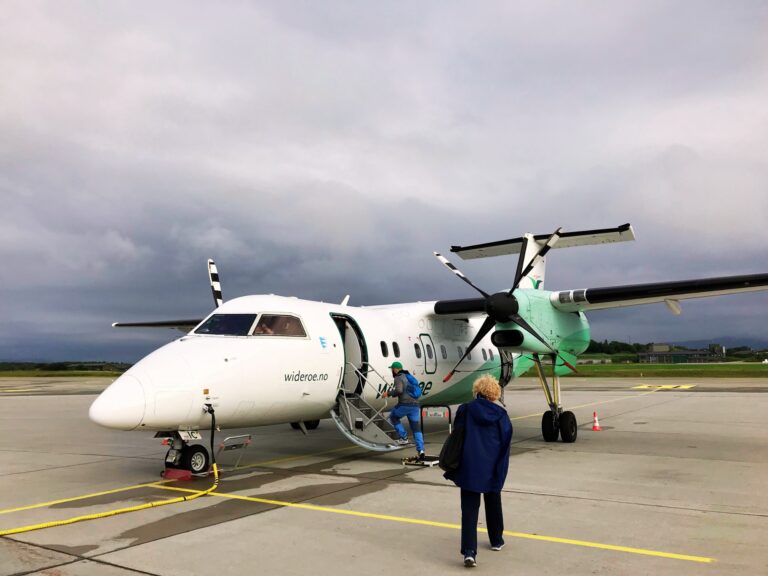
In 2022, Bodø Airport handled over 1.5 million passengers, making it Norway’s sixth busiest. The airport is a major hub for Widerøe, which operates short-hop flights to tiny airstrips scattered across the north in places like Røst, Leknes, and Svolvær.
The airport also offers domestic flights to Oslo and other major cities, along with occasional international connections, particularly in summer.
5. Bodø Wants to Move Its Airport, By Less Than 1 km
One of Bodø’s most ambitious long-term projects is the relocation of its airport. The new airport will be built less than one kilometre from the existing site, but the move is about far more than just aviation.
The relocation will free up a vast tract of land for urban redevelopment, transforming Bodø's layout and allowing for the construction of new homes, offices, green spaces, and cultural venues. It’s a rare chance to reshape an entire section of the city.
The cost is eye-watering. More than NOK 5.7 billion (around $670 million) has been suggested, with government support already committed. If successful, the new airport and surrounding developments could set a benchmark for how to redesign Arctic cities for the 21st century.
6. Saltstraumen Is a Powerful Natural Phenomena
Just a short trip from Bodø lies Saltstraumen, the world’s strongest tidal current. Four times a day, nearly 400 million cubic metres of seawater surge through a narrow strait at speeds of up to 20 knots, creating powerful whirlpools and swirling eddies.
It’s an awe-inspiring sight and one of Northern Norway’s top natural attractions. You can experience Saltstraumen from land or on a guided RIB boat trip for a thrilling close-up.
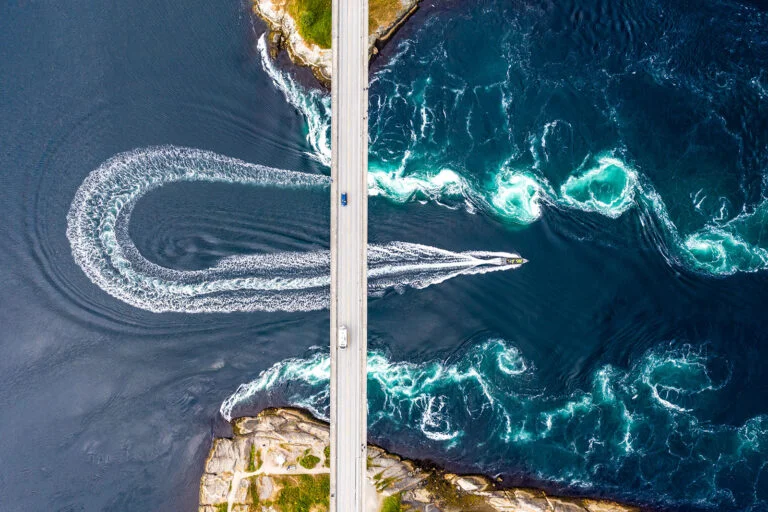
It’s crucial to time your visit correctly. Unlike the Northern Lights, this natural phenomenon runs on a reliable tidal schedule, so you’ll want to plan ahead to see it at peak power.
7. Bodø Has a Surprisingly Successful Football Team
Despite its modest population, Bodø is home to one of Norway’s top football clubs. FK Bodø/Glimt shocked the nation when they won their first-ever Eliteserien title in 2020—and then again in 2021.
Their attacking style and fearless approach drew international attention, especially during a famous night in 2021 when they thrashed Jose Mourinho’s AS Roma 6-1 in the UEFA Europa Conference League.
Aspmyra Stadium may be small and no-frills, but it has hosted European giants and become a fortress for Glimt’s yellow-clad fans. For such a remote city, the club’s success has become a point of enormous local pride.
8. You Can Travel to Bodø by Train, But It’s a Long Ride
Bodø marks the end of the Nordland Line, the northernmost railway line in Norway connected to the main network. The scenic journey from Trondheim to Bodø takes around ten hours and crosses the Arctic Circle.
It’s a fantastic way to see Norway’s landscapes change as you head north, with mountains, forests, fjords, and small towns passing by the window.
If you’re feeling particularly adventurous, you can travel all the way from Oslo by train with a connection in Trondheim. But be warned. It’ll take the better part of a day (or a night) and is definitely an experience for the slow travel crowd.
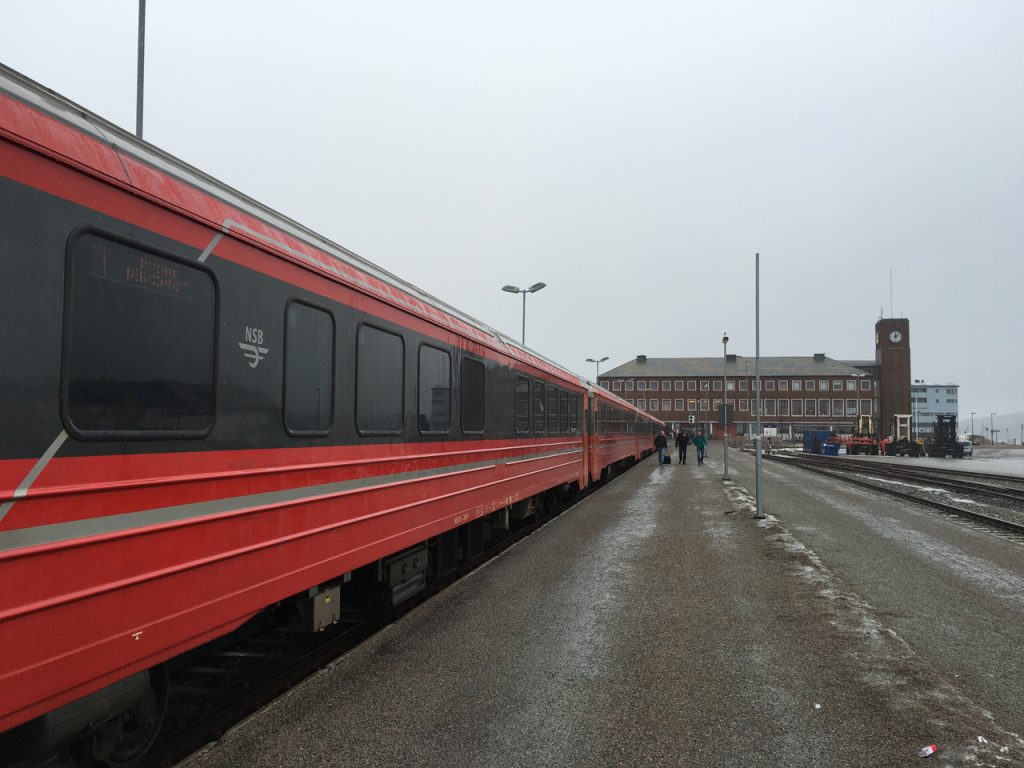
While Bodø is the northernmost station on the Norwegian network, it's not the northernmost station in Norway.
Confused? Well, passenger services are available on the iron ore line from Narvik to northern Sweden, but the station isn't connected to the Norwegian network. To get from Bodø to Narvik by public transport, you would have to take a bus.
9. Bodø Has Some of Norway's Best Chocolate and Pastries
For such a small city, Bodø has a remarkably sweet claim to fame. British chocolatier Craig Alibone runs an award-winning chocolate and pâtisserie shop in the city centre, and it’s a must-visit for foodies.
His creations range from artisanal truffles and bonbons to savoury chocolate bars and elegant French-inspired pastries. One bar—flavoured with toasted white chocolate, fennel seeds and cashew nuts—won a bronze award at the International Academy of Chocolate. I've tried it myself, and yes, it's as good as it sounds.
Craig’s success story is also a sign of how far Bodø has come. Once a place he described as “not the most appealing,” Bodø has grown into a vibrant community with space for creative entrepreneurs to thrive.
I interviewed Craig way back in 2016 when he told me the origin story of the business and what he likes most about living in Bodø:

“The nature for a start. It’s a beautiful place and the first time I came up here I was gobsmacked by the surroundings. The growth of the city has been remarkable too. For the first few years, things weren’t happening and it wasn’t the most appealing place to live. But over the last years the city has grown and almost every month it seems there’s something new opening up.”
10. Bodø Was Almost Entirely Rebuilt After World War II
Bodø’s appearance today—modern, functional, and at times plain—is in large part due to its wartime history. On 27 May 1940, German bombers devastated the city, destroying or severely damaging around 400 of its 600 buildings.
The rebuild came quickly and efficiently in the post-war years, prioritising function over beauty. As a result, Bodø lacks the fairytale architecture of cities like Bergen or Ålesund.
But the city has never stood still. In recent years, fresh architecture, urban development projects, and cultural investments have begun to reshape Bodø once again, turning it into a modern Arctic capital that embraces both its history and its future.
11. Bodø Has One of the World's Largest Populations of White-Tailed Eagles
The rugged coastline and abundant fish stocks around Bodø make it a paradise for birdlife—especially the majestic white-tailed eagle. Bodø and the surrounding Salten region are among the best places in Europe to see these enormous birds in the wild.
Several boat tours offer eagle safaris where you can see them swooping down to snatch fish from the sea, sometimes just metres from your camera lens.
12. Bodø Enjoys the Midnight Sun and Polar Night
Because it lies just north of the Arctic Circle, Bodø experiences both the midnight sun in summer and the polar night in winter.
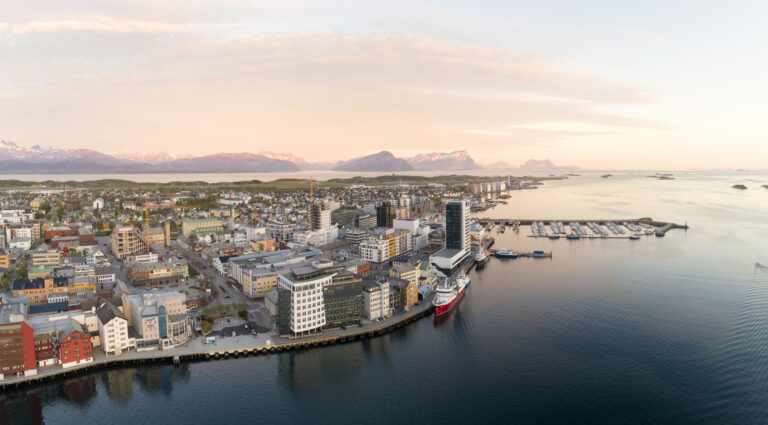
From early June to mid-July, the sun never sets, bathing the city in golden light 24/7. In December and early January, the sun doesn’t rise above the horizon, but it’s not completely dark.
Instead, you’ll experience blue light, long twilights, and sometimes incredible sunrises that linger for hours.
13. Bodø is Home to One of Norway's Most Important Military Bases
Bodø’s strategic location made it a key military site during the Cold War. The city has long hosted a major Royal Norwegian Air Force base, which was a central part of Norway’s NATO defences.
While military activity has been reduced in recent years, the airbase played a big part in shaping Bodø’s post-war development and its role in regional infrastructure.
14. The City is a Starting Point for the Coastal Drive ‘Kystriksveien'
Bodø is the northern end of Kystriksveien (the Coastal Route), often considered one of Norway’s most scenic road trips. The 650 km drive winds south along the coast to Steinkjer, taking in ferries, tiny fishing villages, and dramatic mountain scenery.
This shouldn’t be confused with the Hurtigruten or Havila coastal voyages, which follow the sea route. Kystriksveien is entirely land-based, although it does involve short ferry crossings between islands and mainland segments.
Many visitors begin their journey in Bodø after arriving by plane, ferry, or train.
15. The Norwegian Aviation Museum is Located in Bodø
A major attraction in Bodø is the Norwegian Aviation Museum (Norsk Luftfartsmuseum), the largest of its kind in Scandinavia.
It features a unique circular layout with separate wings for civil and military aviation, and a fascinating collection that includes Cold War fighter jets, early Norwegian aircraft, and aviation memorabilia. It’s popular with families and aviation buffs.
I hope you enjoyed this brief introduction to Bodø. Have you visited the city? If so, what did you get up to? Let us know in the comments.



Great article
I enjoyed your article a lot. Would like to understand what foodie experiences exist.
You missed the excellent indoor water park! I was there with my son and his family. We enjoyed an entire day in the water park.
Great article! My family is from Bodo.
I’m glad you found it useful 🙂
Thanks David! Now I must add this to our next Norwegian trip bucket list.